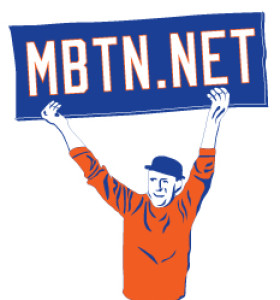 Can you believe I’m the owner of website that’s now old enough to drive?
Can you believe I’m the owner of website that’s now old enough to drive?
Yes, it was this day in 1999 when Mets by the Numbers debuted. It’s had a career as long, and about as useful, as Bud Harrelson’s. This site is so old that when it was launched the Mets still cared about what Dwight Gooden thought.
To celebrate let’s run down a list of the varied and memorable creatures to inhabit the No. 16 jersey, which began as a hot potato but matured into one of Metdom’s revered digits.
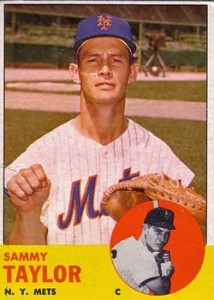 Bobby Gene Smith (1962), sometimes referred to as B.G. Smith, was the first man to occupy 16 for New York. An outfielder-third-baseman who’d spent most of his career with St. Louis, Smith was picked from the Phillies in the Expansion Draft, and was destined to become one of the first ex-Mets ever. He was batting .136 (3 for 25) when the Mets traded him to the Cubs for catcher Sammy Taylor, although he has the distinction of collecting the first triple in team history, a two-run stroke off future Met Jack Lamabe in April of ’62.
Bobby Gene Smith (1962), sometimes referred to as B.G. Smith, was the first man to occupy 16 for New York. An outfielder-third-baseman who’d spent most of his career with St. Louis, Smith was picked from the Phillies in the Expansion Draft, and was destined to become one of the first ex-Mets ever. He was batting .136 (3 for 25) when the Mets traded him to the Cubs for catcher Sammy Taylor, although he has the distinction of collecting the first triple in team history, a two-run stroke off future Met Jack Lamabe in April of ’62.
Smith handed the 16 jersey to Taylor as they crossed paths in the airport, and Taylor (1962-63, photo at left pinched from Paul’s Random Stuff) — one of seven catchers for that 1962 squad — subsequently passed 16 along to Jesse Gonder (1963) when they were swapped for one another in July of ’63. Gonder spent only a week in 16, surrendering it to oufielder Dick Smith upon Smith’s acquisition later that July, and switching to the unoccupied 12.
Smith (1963-64) and the man who followed him in the 16 jersey, Danny Napoleon (1965-66) were typical of the early Mets – both free-swinging minor league sluggers whose power didn’t translate to the big leagues. Following Napoleon were reserves Tommy Reynolds (1967), Kevin Collins (1968) and Queens native Mike Jorgensen (1969-71).
Crouching, choked-up slap-hitter Felix Millan wore No. 16 for 1973, his first year with the Mets. Millan switched to 17 a year later while reserve outfielder Dave Schneck switched into 16.
The Taylor-Gonder uni swap of 1963 would be repeated 13 years later later when another Met catcher, John Stearns (1975-76), took 12 and left his 16 to an outfielder, Lee Mazzilli, ushering in a new era of prosperity for the jersey. Mazz of course would be remembered more for his pants than his shirts, though both were revealingly snug fits.
 Mazzilli (1977-81) was capable switch-hitting outfielder with power, speed, a good batting eye and style at a time when it was difficult to find a Met possessing any one of those qualities. His triumphant performance in 1979 All-Star Game — a home run and RBI walk, the latter off the Yankees Ron Guidry, complete with Mazzilli’s eff-you bat-flip — is remembered fondly by all Met fans to have survived 1979. Among guys wearing No. 16, Maz is still the Mets’ all-time leader in games, hits, home runs, runs, RBI, walks, strikeouts and stolen bases.
Mazzilli (1977-81) was capable switch-hitting outfielder with power, speed, a good batting eye and style at a time when it was difficult to find a Met possessing any one of those qualities. His triumphant performance in 1979 All-Star Game — a home run and RBI walk, the latter off the Yankees Ron Guidry, complete with Mazzilli’s eff-you bat-flip — is remembered fondly by all Met fans to have survived 1979. Among guys wearing No. 16, Maz is still the Mets’ all-time leader in games, hits, home runs, runs, RBI, walks, strikeouts and stolen bases.
By the time Mazzilli arrived for a feel-good Met reunion in 1986, Dwight Gooden had already rewritten 16’s history behind an electrifying right arm. The first pitcher to wear 16 as a Met, Gooden’s spectacular arrival in 1984 and mind-boggling success in 1985 will never likely see an equal. Although arm and drug troubles eventually wore some of the magic away, Gooden’s career was substantial enough that the club was careful not to issue 16 for nearly five years after his departure — and then only to a guy with equity in it, fading phenom Hideo Nomo (1998).
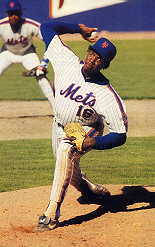 Although Gooden was reportedly unhappy with the Nomo issue, several successors in 16 asked for — and received — Doc’s blessing. But a tradition of issuing 16 to veterans on their last legs was only starting then too.
Although Gooden was reportedly unhappy with the Nomo issue, several successors in 16 asked for — and received — Doc’s blessing. But a tradition of issuing 16 to veterans on their last legs was only starting then too.
Seafaring outfielder Derek Bell (2000) had long worn No. 16 in other locales as a tribute to Gooden, who preceded him from Tampa to the big leagues and whom Bell considered a hero. Bell would be a kind of Biazzaro Lee Mazzilli, known known not for his shirt but his gigantic, billowing pants.
In 2003, David Cone took 16 in tribute to his former teammate Gooden in a brief and doomed comeback attempt.
Then there was catcher Paul LoDuca (2006-07) who like Mazzilli was Brooklyn born, and grew up as a fan of the Gooden-era Mets, and wore 16 to signify it. LoDuca was a bit of a mess when it was all over but his .290 average as a Met is the best among guys who wore 16.
By the time LoDuca came along, Gooden’s long estrangement from the franchise led to careless reissues including a season of second-choice infielder Doug Mientkiewicz (2005); and nondescript reserve catcher Rob Johnson (2012). In between, prodigal outfielder Angel Pagan (2008-11) was alternately brilliant and brilliantly frustrating; his trade to San Francisco is one of the worst of the Sandy Alderson era.
Most recently, 16 went to last-call veterans Rick Ankeil (2013) and Daisuke Matsuzaka (2014). Most recently its been assigned to Alex Castellanos, a longshot non-roster outfielder who looks likely to spend the season in Las Vegas.
But after 16 years I can say this, you never know with these guys.
![]() No discussion of John Stearns ever gets too far without mentioning he’s the Mets catcher who took out Chief Noc-A-Homa with an open-field tackle. He was a four-time Mets All-Star and famously to me at least set a stolen-base-by-catchers mark in 1978 that got him hios own record-breakers card but his propensity to run down mascots–and rogue fans–are one of those things that will be mentioned in his obituary.
No discussion of John Stearns ever gets too far without mentioning he’s the Mets catcher who took out Chief Noc-A-Homa with an open-field tackle. He was a four-time Mets All-Star and famously to me at least set a stolen-base-by-catchers mark in 1978 that got him hios own record-breakers card but his propensity to run down mascots–and rogue fans–are one of those things that will be mentioned in his obituary.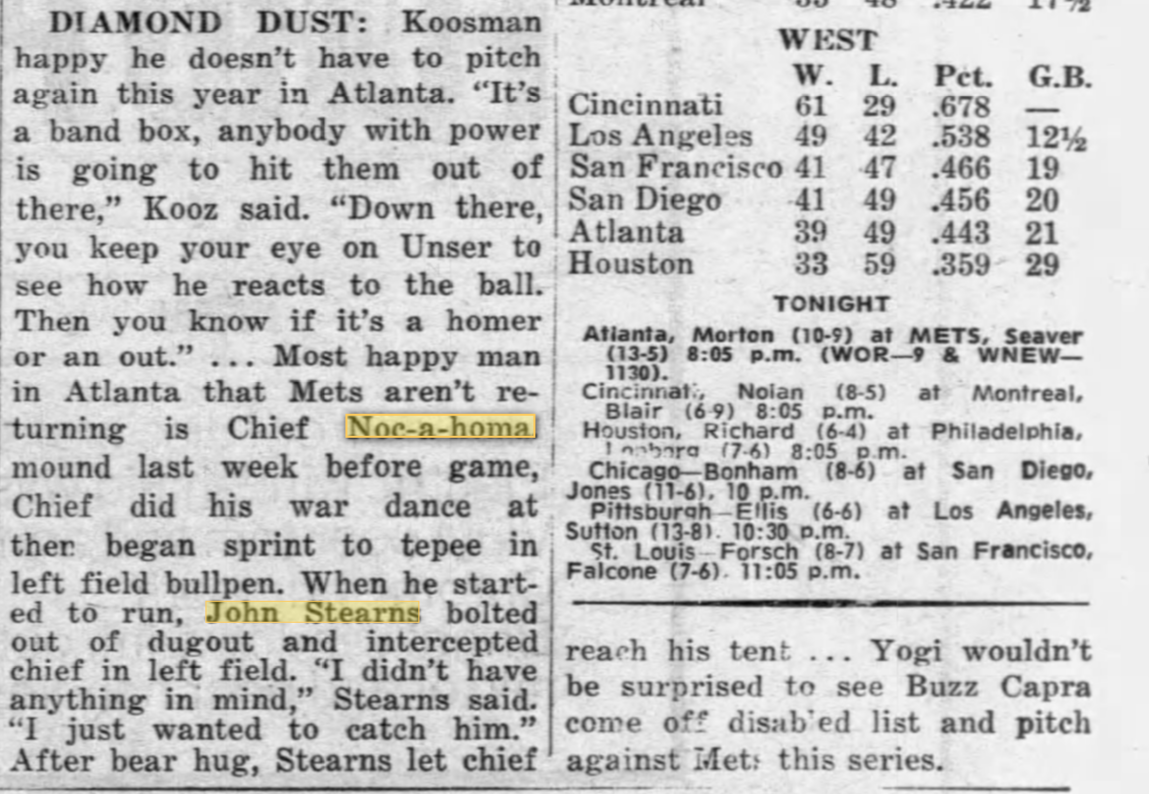
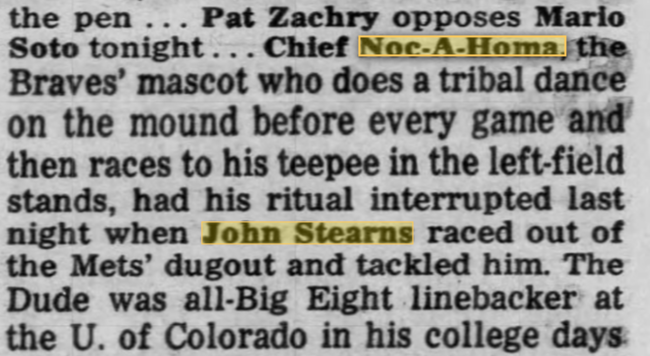











 In the event you didn’t see it before, my
In the event you didn’t see it before, my  Here’s Ken Boswell’s 1971 Topps baseball card. That’s the Cardinals’ Vic Davalillo arriving too late to break up the double play as Boswell works the pivot between shortstop Al Weis and first baseman Art Shamsky. The card — which must be one of the only Mets cards that includes a view of the Whitestone — was shot on May 28, 1970, in the 6th inning of a game that Mets were losing 6-0 to the Cards. Boswell, however, was having a good afternoon. He’d go 3-for-3 in this game with a double, a sac fly, and both Met RBIs in what became a 9-2 loss. Against Bob Gibson, not bad.
Here’s Ken Boswell’s 1971 Topps baseball card. That’s the Cardinals’ Vic Davalillo arriving too late to break up the double play as Boswell works the pivot between shortstop Al Weis and first baseman Art Shamsky. The card — which must be one of the only Mets cards that includes a view of the Whitestone — was shot on May 28, 1970, in the 6th inning of a game that Mets were losing 6-0 to the Cards. Boswell, however, was having a good afternoon. He’d go 3-for-3 in this game with a double, a sac fly, and both Met RBIs in what became a 9-2 loss. Against Bob Gibson, not bad.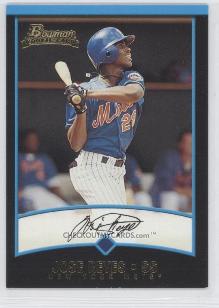 Here’s to the Mets for not allowing that shameful showing in the opener to prevent them from claiming first place to themselves by series’ end. Seems we were fortunate to catch Philly while Chase Utley suffered a severe case of the sucks, but if 2007 taught us anything it’s that the winners can’t choose how ugly the losers turn out to be.
Here’s to the Mets for not allowing that shameful showing in the opener to prevent them from claiming first place to themselves by series’ end. Seems we were fortunate to catch Philly while Chase Utley suffered a severe case of the sucks, but if 2007 taught us anything it’s that the winners can’t choose how ugly the losers turn out to be.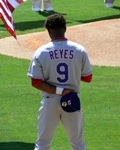 Reader Michael sent along these here images of
Reader Michael sent along these here images of 
